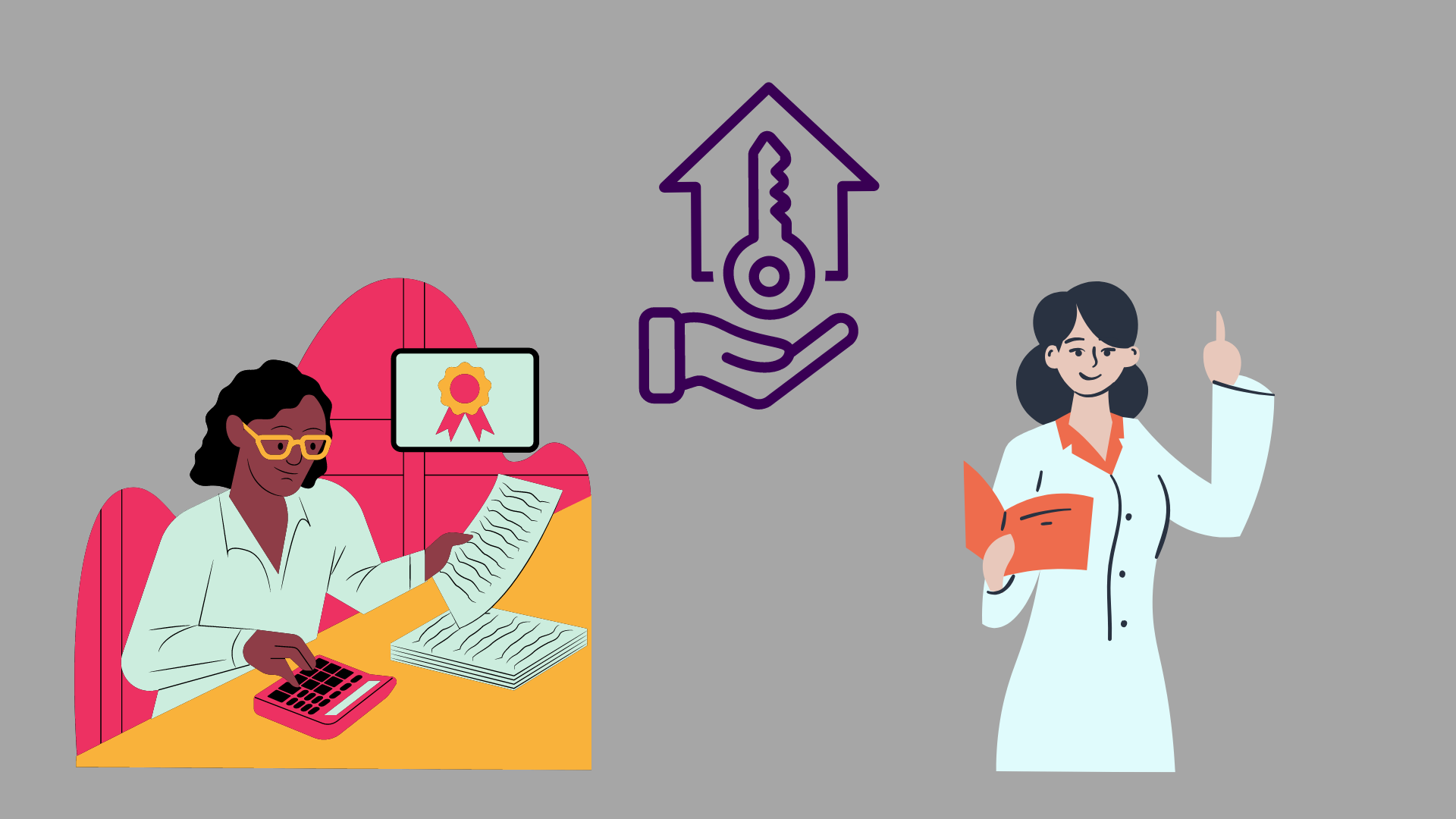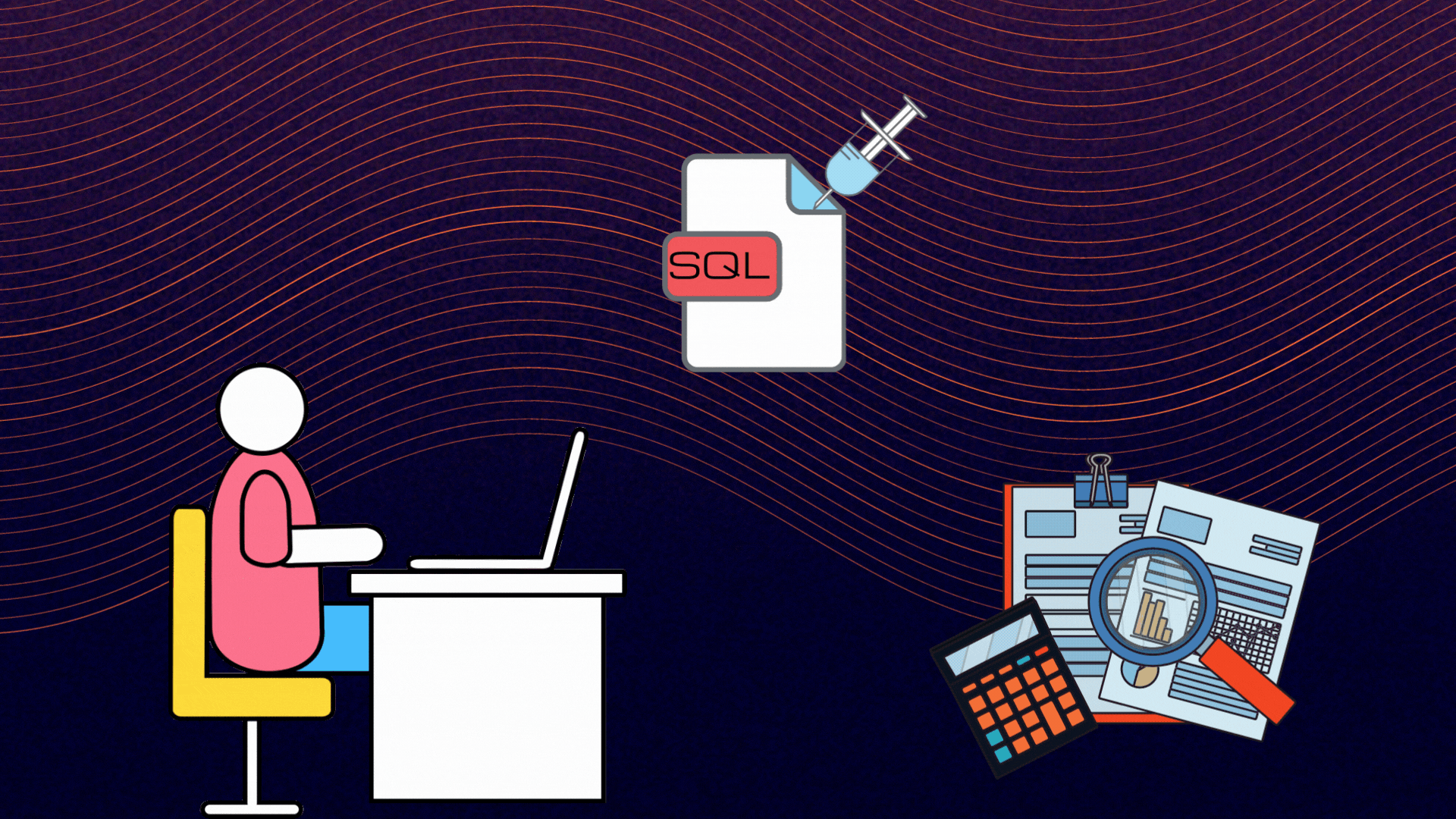A website is a large, complex system with many elements, and the more components in your website’s system, the higher the potential risk of attack. Hackers can easily find vulnerabilities that a system administrator might not notice. You should always be on the lookout and do regular checks on your system to see if there are any security vulnerabilities.
Hacking could be a threat to your site and the consequences are different depending on who’s doing it and what they want this information for. It could be a temporary loss of control or data compromise.
Here are 7 of the most common web vulnerabilities, how to deal with them, how they’re connected to DDoS attacks and why professional DDoS protection is important for your asset security.
1. Attacks via Outdated or Pirated Plugins
Automated DDoS attacks can affect WordPress sites, although this type of site is not the only one that’s vulnerable. For example, as of 2021 there were about 3,000 DDoS attacks per second on this type of site.
Mostly the plug-ins of such sites are under attack, and they leave aside straightforward password brute force attacks. There can be a considerable number of plug-ins on platforms such as WordPress, and their owners sometimes input them seldom (once in a blue moon)
If an outdated CMS, plugins, or browser themes are used on the site, it puts the risk of getting attacked by bots. Attackers use a method of automatically attacking vulnerabilities with brute force that have been previously found and made public internationally.”
Consequences
Malware poses an ongoing threat to websites and can lead to serious problems like the loading of spammy content without query, so use a virus scanner when designing your webpages.
How to avoid
It is recommended to set up scheduled automatic updates for your plugins and browser themes in order to avoid spending a lot of time each week manually updating.

2. Account Takeover
Popular and convenient way to sign in. But, if it’s used incorrectly there is a risk of your account being hijacked. We know that you can’t rely on your phone number being confidential, which is why we make sure that your account is secure from brute force attacks like these. So, even if attackers have your phone number, they cannot get into your account without accurate verification codes.
A risk of account takeover. If attackers know the victim’s phone number, they will be able to figure out the correct code for your account by performing an automated brute force attack.
Consequences
A hacker can change your personal information, withdraw money from your account, or delete your account. If you’re login into your account from a public place (like airport wifi), the hacker might even take over.
How to Avoid
Use rate limiting to ensure that there are not too many traffic requests from a single point. This will stop the traffic cold if it has surpassed the allowed numbers.
3. IDOR (Insecure Direct Object Reference)
With the IDOR attack, an attacker is bypassing security & accessing pages or files via a direct link. It’s happening if the website uses a predictable ID to generate pages or files – by substituting this ID with another, your profile is at risk. A redirection attack is a type of phishing attack that redirects users to a website controlled by the attacker, where they may be asked for sensitive personal information.
For example, you might notice that there’s a long sequence of numbers in the address bar of an online shop. This is how they track your activity. If you change it directly in the address bar into https://example.com/user/id=000002, you may find yourself on a different page where you can view or edit contact details. The same could happen to an Id with a filename (e.g. https://example.com/about company/documents/filename)
Consequences
Data-related risks happen as a result of an Information Disclosure of Online Risks (IDOR). Attackers can steal sensitive data in bulk. This also enables shoplifting and fraudulent financial transactions by changing different contact details.
How to Avoid
The situation mentioned should not be happening to this website that deals with personal data. A validation of the data and user access level should happen each time a site is queried. It’s important to avoid predictable IDs in the public domain
4. XSS Injection
XSS (cross-site scripting) refers to hacking a web page that: has vulnerabilities, malware or links that can infect it. As soon as the user opens the webpage on their browser, the hack starts to take over
Consequences
As a result of injected JS code, an attacker can steal user credentials and access the users account. This is possible whether the victim is redirected to phishing gateways or if they are lured from a fake online login
How to Avoid
The data you enter on a webpage needs to be encrypted and protected by additional validation. It should be processed securely on the server side, as well as the client side. When it comes to website builders, mentioned above, they often have SSL certificates installed which encrypts your data.

5. SQL Injection
This type of attack helps get information from a database, bypassing access. If successful, the user data is interpreted as part of the SQL query and alters its form to suit the attacker. This may occur if an incoming
Consequences
SQL injections can cause a lot of damage. This can be in the form of losing control and reduced integrity on your administration operations, or leaking private data on your site. The damage that can happen from the exploitation of this vulnerability could be very detrimental to your site.
How to Avoid
Along with XSS injection, SQL injection is still among the most popular vulnerabilities. To help prevent this, make sure to use placeholders when queries are made and keep the database and web application separate.
6. No Password Length Limit
This type of attack only works if the site doesn’t have a character length limit for user passwords. If a hacker makes an automatic password which is, for example, a million characters long, the website may be unable to handle too many of them at once. Websites running unpatched Django, Drupal or WordPress are especially vulnerable to this type of request.
Consequences
A long password can be just as damaging to a site and lead to the same consequences as a DDoS attack. Of course, this will only happen if a successful attack takes place and your site’s performance becomes degraded before it stops responding to requests.
How to Avoid
For additional security purposes, we request you to limit the length of a password to 128 characters. You can also opt for password changing and resetting through your account while using a secure and up-to-date salted password hashing algorithm – an enhancement that makes it harder to crack.
7. External Service Interaction
The ability to interact with arbitrary external services doesn’t make for a vulnerability by itself, as this may have been the app’s intent. However, it’s possible that an attacker could find the server’s real IP address in this way and bypass firewalls and DDoS protection, successfully launching a denial of service attack.
If an attacker can send the right payloads, they could forcibly inject a system and make it attack other systems it could interact with. This includes publicly available third-party systems and internal systems within the same organization.
Consequences
A DDoS attack might cause a website to not load for its users for a moment.
How to Avoid
It would likely be best to limit the ability to launch arbitrary interactions with external services. Blocking access to the application server using rules on firewalls and maintaining tight security through use of passwords, SSL encryption and VPN connections can limit the attack surfaces.
Creating a whitelist of allowed hosts and services could be the best way to protect your business. Next time you are setting up a firewall, make sure to include all the programs that are necessary for your business and block any other interactions.

How to Protect Your Asset Against Web Vulnerabilities
Follow these steps to make your website safe from various kinds of DDoS attacks including the following:
- make sure all website components are always up-to-date
- the maximum password length is set to 15 < 30
- put limits on bandwidth usage
- Secure user IDs
- To reduce the chance of XSS injections, make sure to remove or replace any echo statements.
- databases that provide security for usernames and passwords
- Put in place restrictions for how your servers can interact with the outside world
DDoS protection should be set up BEFORE launching any security measure. Otherwise, it makes attacks easier and increases the risk of data loss.




